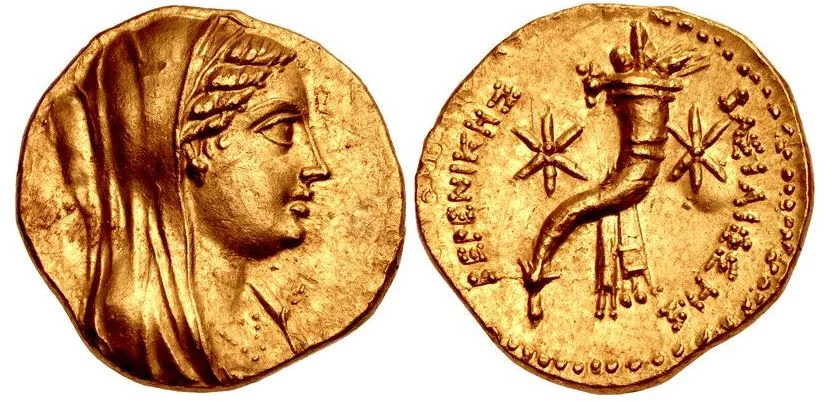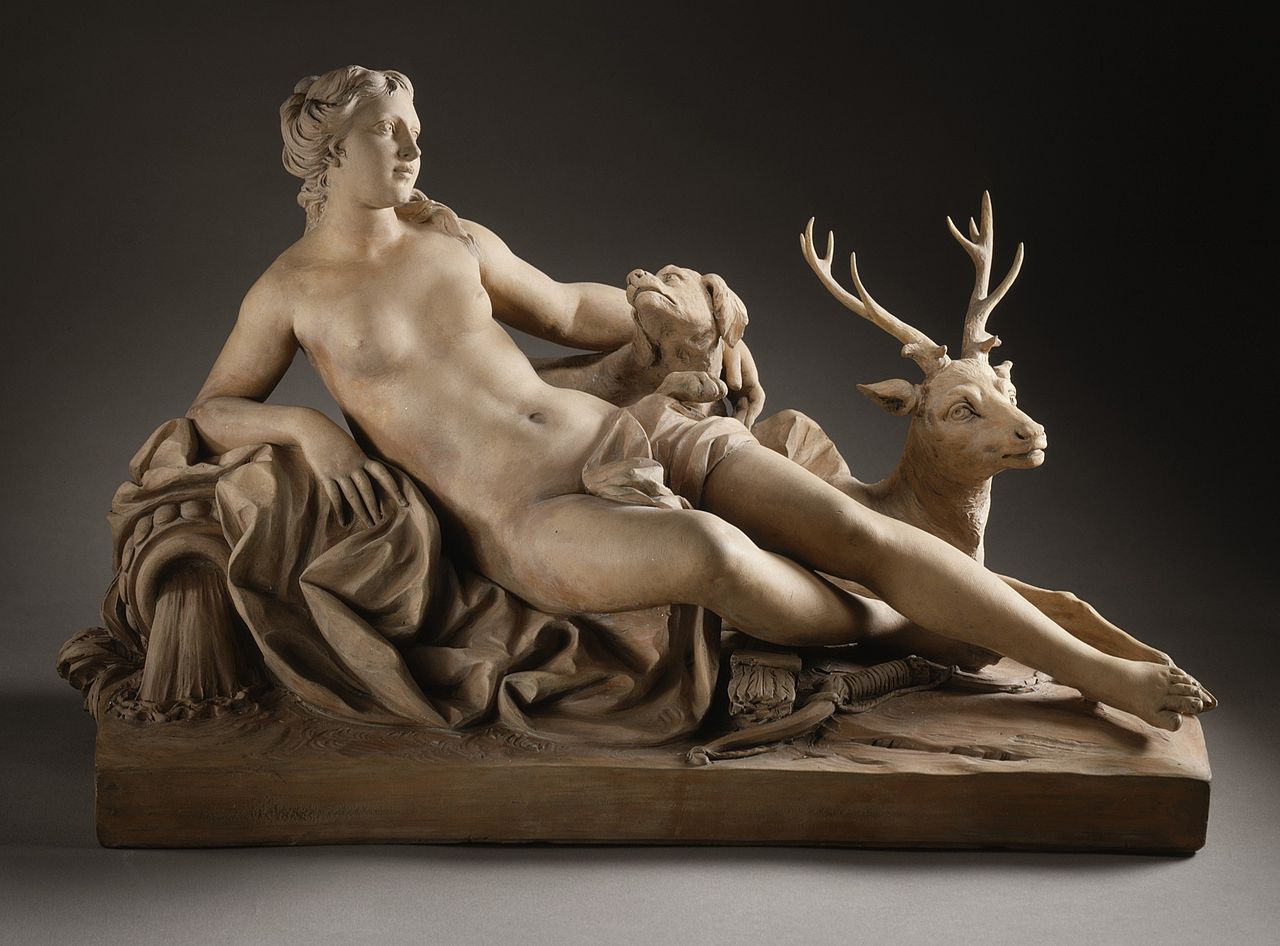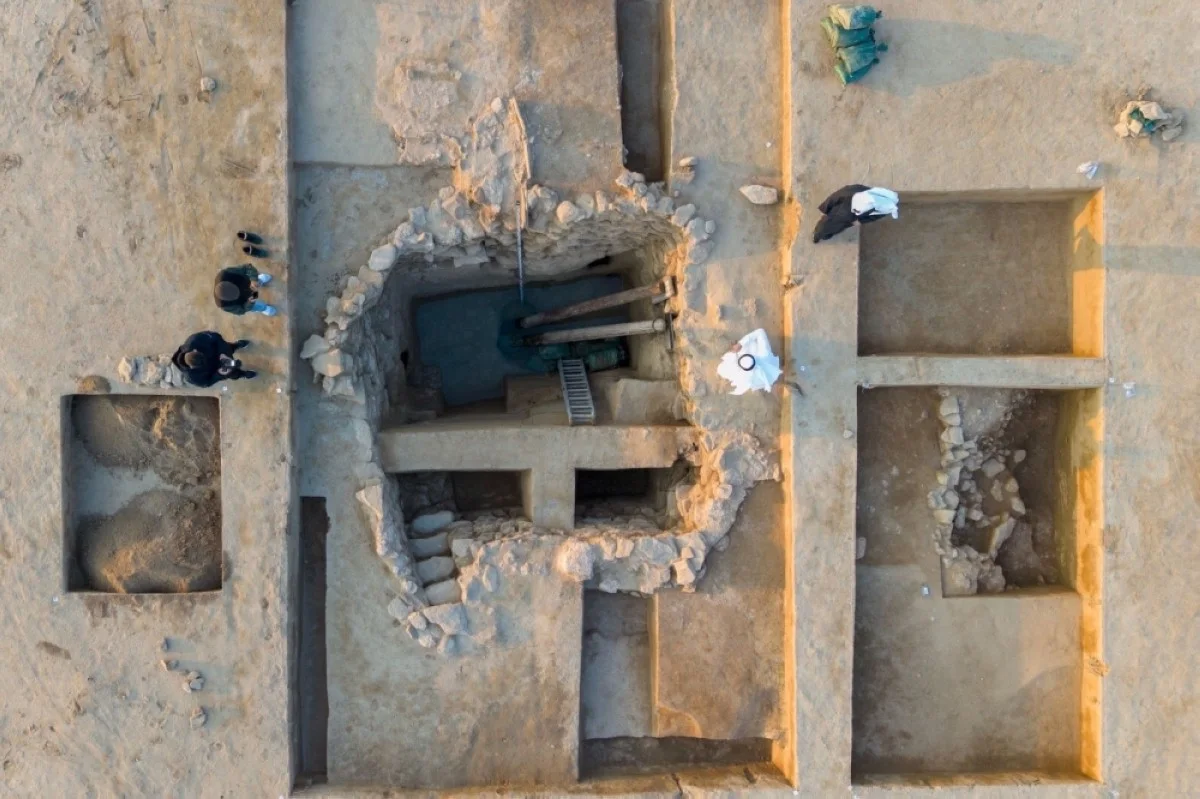For many years, we have admired ancient Greek and Roman sculptures in museums, but they actually offered much more than what we see with our eyes. A new study published in the Oxford Journal of Archaeology reveals that these iconic works of art were not only visual but also experienced through scent. Led by archaeologist Cecilie Brøns, this research shows that in addition to being adorned with colorful paints, textiles, and jewelry, these sculptures were also enriched with perfumes and aromatic substances.
Scent and Ritual in the Ancient World
In ancient times, scent had a significant place, especially in religious rituals. Statues representing gods and goddesses were anointed with fragrant oils to reinforce their sanctity. The writings of Roman orator Cicero confirm the prevalence of this practice, while inscriptions obtained from temples in Delos detail the costs and ingredients of olive oil, beeswax, and rose-scented perfumes used to maintain the statues of gods like Artemis and Hera. The statue of Egyptian Queen Berenice II is also described as “moist with perfume” by the poet Callimachus, indicating that scent was used not only in divine but also in royal and esteemed individuals’ statues. Festivals like Floralia in Rome provided a multi-sensory experience for visitors by adorning statues with garlands scented with roses and violets.

Techniques for Applying Scents to Sculptures
Ancient sculptors used various techniques to apply and preserve scents on sculptures. The method called ganosis provided a pleasant scent while improving the appearance of sculptures by mixing beeswax and oils. Classical authors such as Vitruvius and Pliny the Elder documented the specific materials used to maintain the sculptures’ luster and color. Traces of beeswax found on the portrait of Queen Berenice II suggest that the statue may have undergone an ancient perfume bath, while archaeological findings from Delos point to workshops where the scents used in religious rituals were produced.
Ancient Art as a Sensory Experience
This research allows us to re-evaluate how ancient audiences interacted with works of art. Understanding that sculptures were designed to be both seen and smelled helps us grasp the sensory dimensions of ancient culture more deeply. As Brøns states, “Admiring a statue in the ancient world was not just a visual experience, but also an olfactory one.”
This study on the use of perfume in ancient sculptures opens new doors to understanding the multi-sensory experiences of the past. Emphasizing the importance of scent in religious and cultural practices, this research shows that sculptures were not merely divine representations but living beings that appealed to all senses. This discovery enriches our appreciation of classical art and its profound impact on the ancient world.
Cover Photo: Artemis. Jean-Baptiste Tuby I (Italy, active France, Paris and Versailles, 1635-1700) Wikipedia





